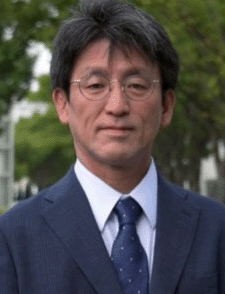2025/10/14(Tue) 14:00 -16:00 一樓演講廳 1F, Auditorium

Title
Highest-energy photon astronomy in the southern hemisphere opened by the ALPACA air shower array under construction in the Bolivian Andes
Speaker
Prof. Takashi Sako (Institute for Cosmic Ray Research, the University of Tokyo)Abstract
In the last few years, air shower experiments established techniques to distinguish photon-induced air showers from cosmic-ray-induced showers at the energy range of 10TeV to 1PeV, which opened the highest-energy photon window of the astronomy. By the pioneering TibetASγ experiment, the HAWC and LHAASO experiments various types of sources are found to emit such high-energy photons. The discovery of sub-PeV (>100TeV) sources is crucial to identify the origin of PeV cosmic-ray accelerators in our milky way galaxy. While more active objects are known in the southern hemisphere where we can observe near the center of the Galaxy, the current experiments are located in the northern hemisphere. Andes Large area PArticle detector for Cosmic ray physics and Astronomy (ALPACA) is a new air shower experiment under construction in the Bolivian Andes at an altitude of 4,740m. By covering a surface area of 83,000m2 accompanied with the 3,600m2 underground muon detectors, ALPACA will explore the southern sub-PeV sky for the first time. Currently, a quarter size of ALPACA surface array named ALPAQUITA is in operation and the construction of the first muon detector will start in October 2025. In this seminar, I will review the recent progress of the sub-PeV astronomy in the northern hemisphere. The concept of ALPACA and the recent topics by ALPAQUITA for the cosmic-ray observations are reviewed. Finally, I will summarize the prospects of ALPACA and future experiments.
Poster
Language
演講語言 (Language): in English